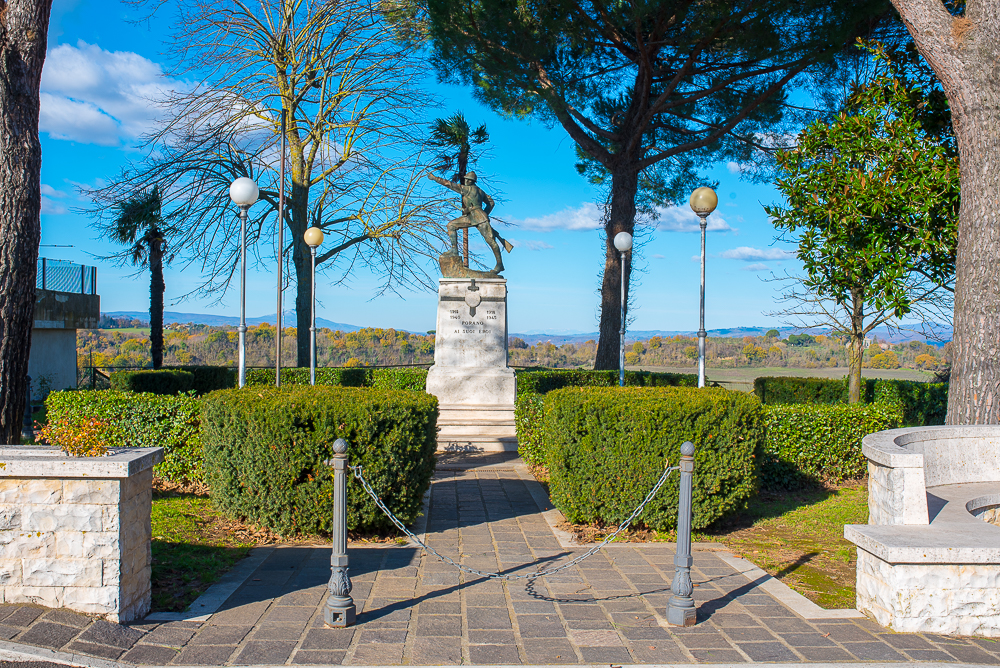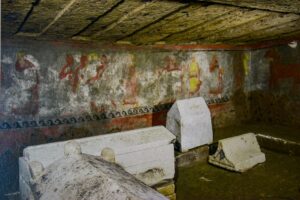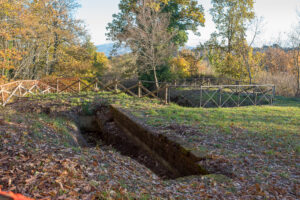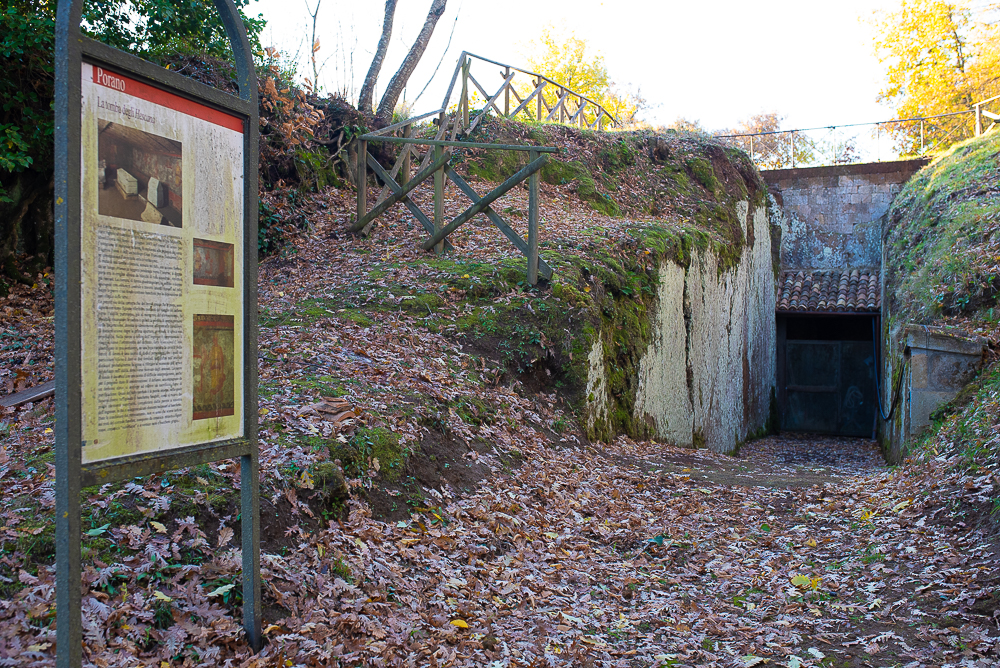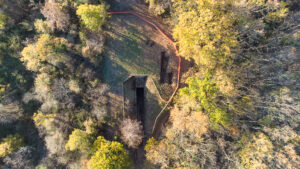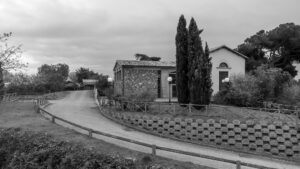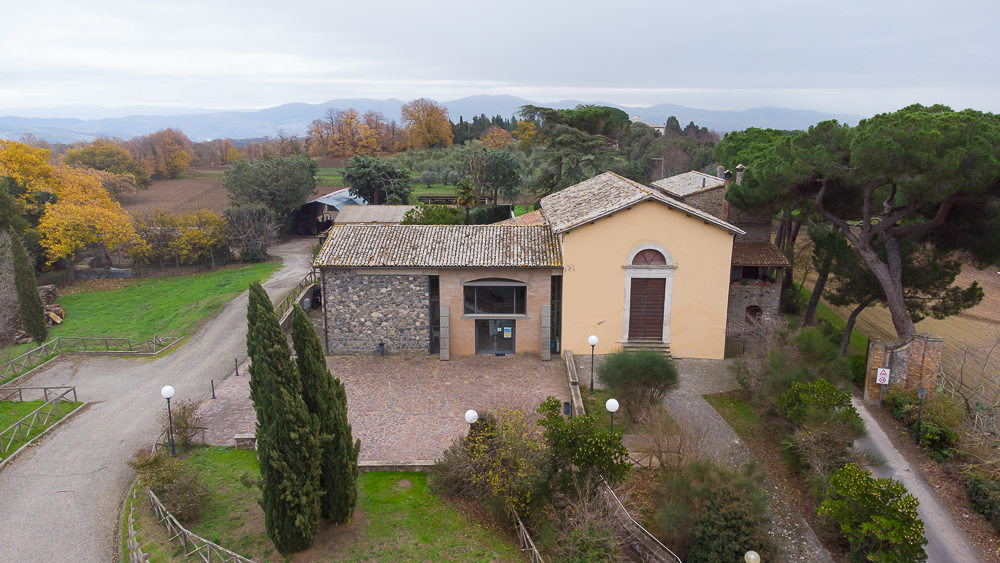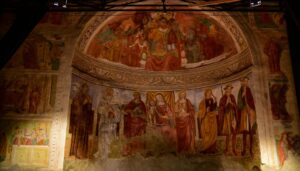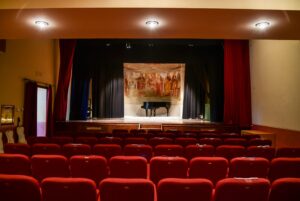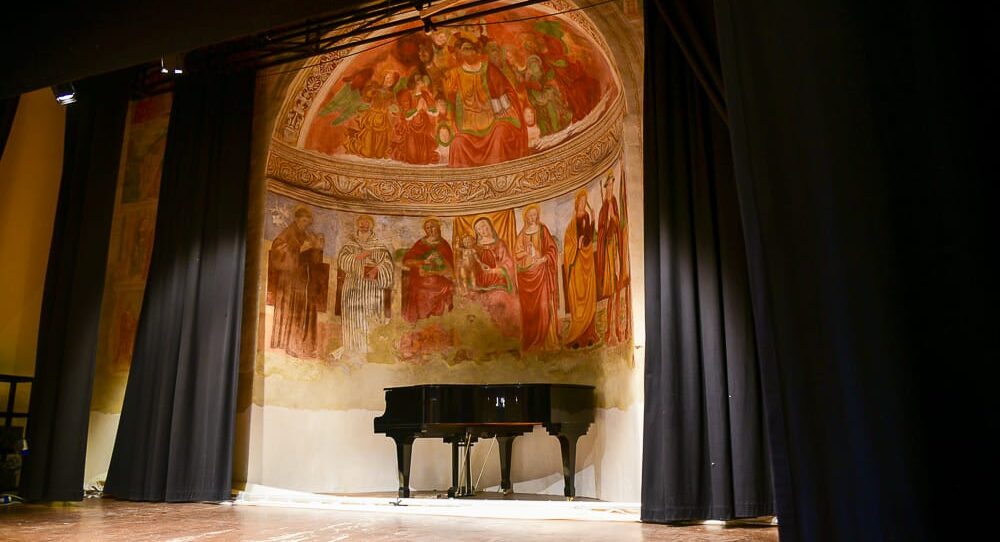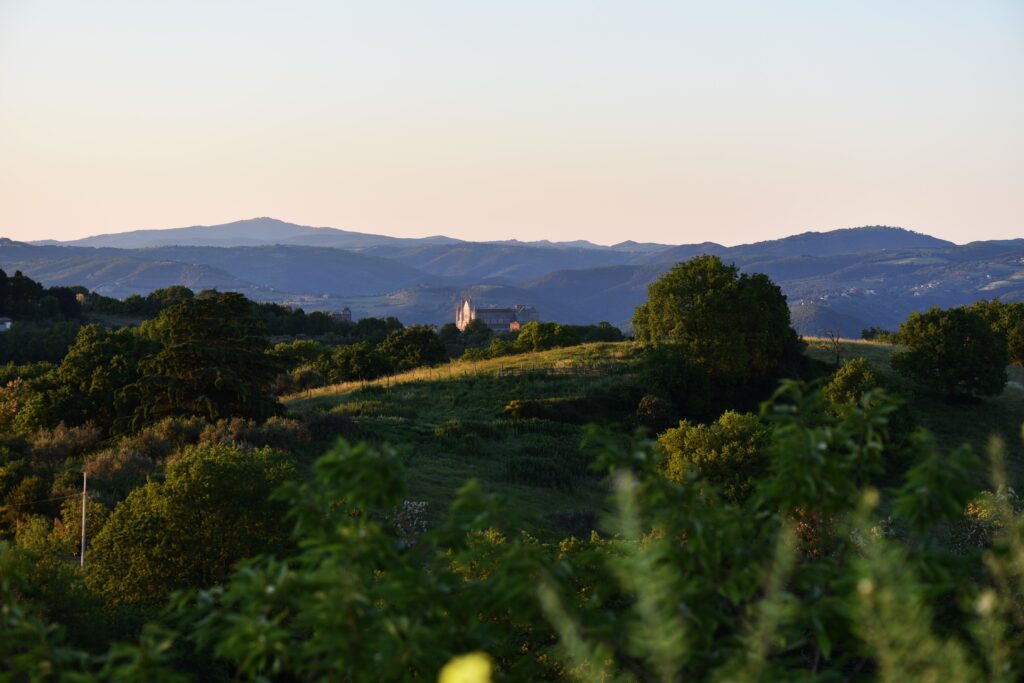Da visitare
The town of Porano shares with the nearby town of Orvieto a significant historical, archaeological and environmental heritage. On the territory of Porano you can find examples of historic buildings as Villa Paolina, with its eighteenth-century park, Castel Rubello (XIII sec.) and the Etruscan tombs: Hescanas and Golini I and II (IV sec. C) the only ones with mural paintings in the entire region and in the whole Volsinian area.
THE GOLINI AND HESCANA ETRUSCAN TOMBS
They represent one of the most important historical and archaeological sites in the Region. The paintings from the Hescana tomb (4th century BC) can be seen on site, however the paintings from the two Golini tombs have been removed and are on display at the National Archaeological Museum in Orvieto. Many of the objects exhibited there were found in the tombs: armours, vases, bronze objects and, most importantly the beautiful mirror portraying Leda and Tyndareus.
Tombs Golini I and II
These tombs were discovered in 1863 and are named after the person who discovered them, Domenico Golini of Bagnoregio. At the end of the 90s, the paintings of the tombs were fully restored and as of today, it is possible to see them in the National Archaeological Museum in Orvieto.
Hescanas Tomb
This is the third tomb discovered in 1883 in Molinella, near Castel Rubello. Ten years later the discovery, were realized closely faithful copies as the original paintings of the tomb were in a dire state of conservation, mainly due to deterioration problems. The nineteenth-century frescoes, now restored, are preserved and visible at CEA Centro Visite PAAO (villa Paolina, Porano)
Villa Paolina
This villa was built by the Marquis Giovan Battista Gualtiero in 1706, on the ruins of a medieval monastery. The Villa stands right in the heart of a historical Park, one of the most notable in Italy. The park includes various garden areas created following the Italian style and is surrounded by walls embellished by a fountain decorated with shells. Inside, the main floor still has the original features. The villa has about 160 tastefully furnished rooms, including an atrium with Pompeian decorations dating back to the early nineteenth century; a theatre on the top floor and a long gallery, with grotesque decorations.
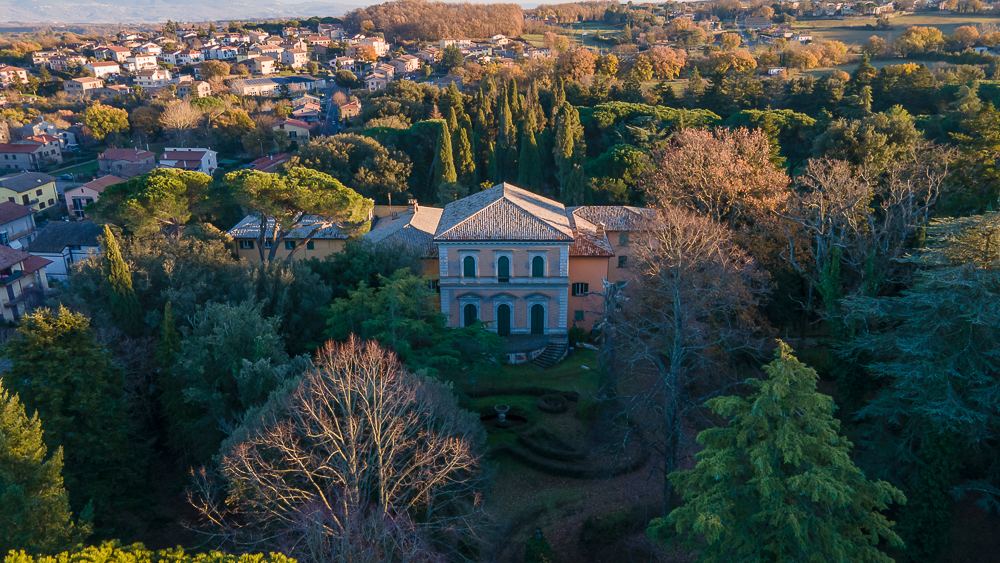
Castel Rubello
The well-preserved castle is formed by the union of two complexes: the first one features a series building units and a church. All of these are naturally defended by a rocky bastion and by a big square-based corner tower. The second complex consists of a big building for residential use that hosts a splendid fireplace and a number of frescoes by Lombardelli. The complex also features smaller-sized buildings arranged in circle to create a court.
The castle, which dates back to the 13th century, would have its definitive appearance by the beginning of the fourteenth century. Today it is owned by Giuseppe Serafini Trinci.
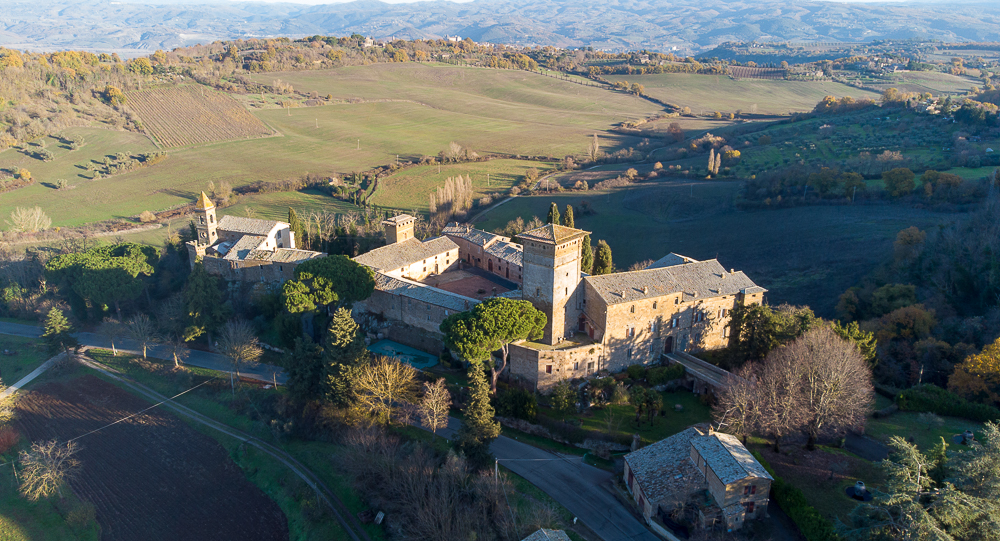
Santa Cristina Theater
Santa Cristina theater is located at the entrance of the town, near the Convent of the Franciscan Missionary Sisters of San Bernardino.
The theatre is built from an ancient, deconsecrated church which had already served as a theatre in the past, according to popular tradition. At the beginning of 1999, it was renovated to host a small theatre of 150 seats. The renovation work, carried out at the beginning of 1999, added to the building a nice modern structure that overlooks the surrounding landscape through large windows. The new theatre has a new hall, some functional spaces and a raised room that allows to host exhibitions and can also be used as a helpful support space for potential conferences.
Church of San Biagio
he parish church of San Biagio, which today looks completely transformed thanks to a restoration work, has two main frescoes. The first one represents San Biagio and the client who commissioned the work, whereas the second one features The Annunciation created according to the Orvietan style of the fourteenth century. At the entrance of the church, you can find a holy water stoup, sculpted by Rutilio Laurenzi in 1608. In the sacristy, it is possible to find a 15th century processional cross
and a relic of Fra’ Paolo da Porano, donated by the neighbouring convent of San Crispino, where the latter lays buried.
https://paao.it/en/2020/12/26/porano/
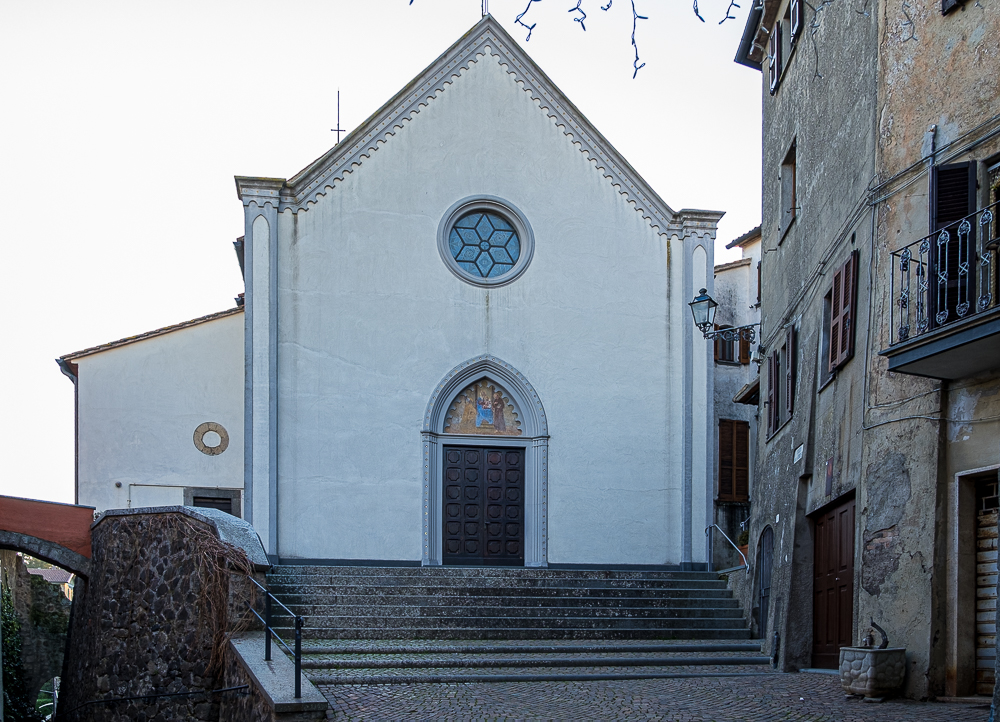
Memorial monumental in Cippo, 1920-1940
In the municipal garden, it is possible to find a memorial dedicated to the soldiers who died in war. The monument features inscribed slabs that bear the names of the fallen. A bronze figure lies above the base to symbolize a soldier in battle, with a rifle in his right hand and his left arm stretched.
https://catalogo.beniculturali.it/detail/HistoricOrArtisticProperty/1000177038
